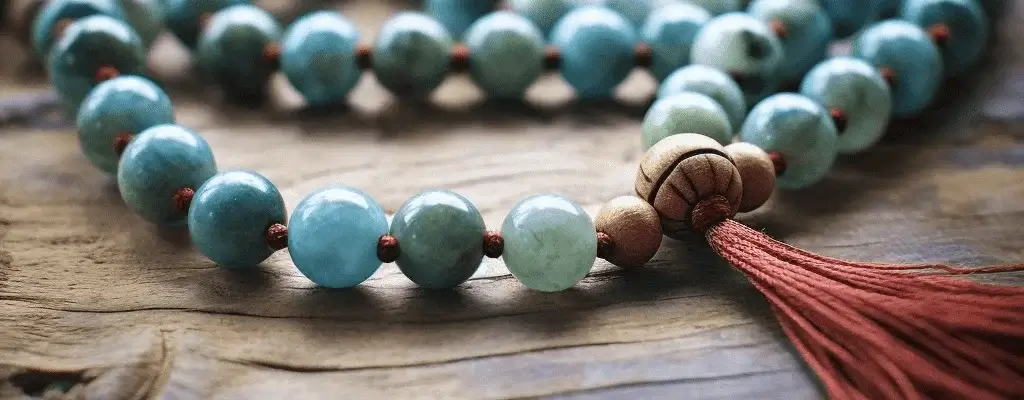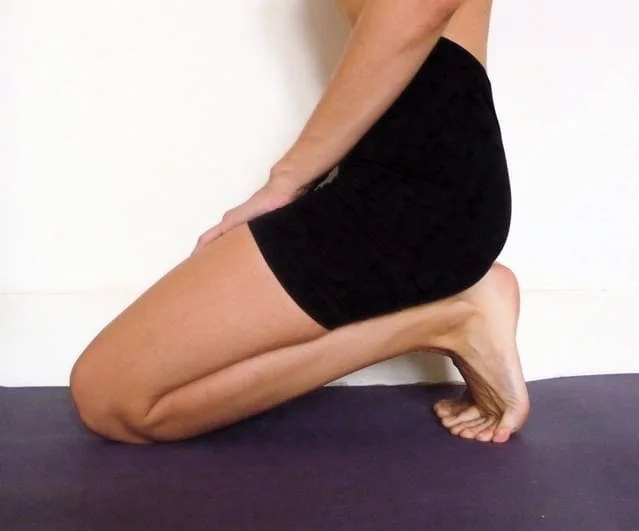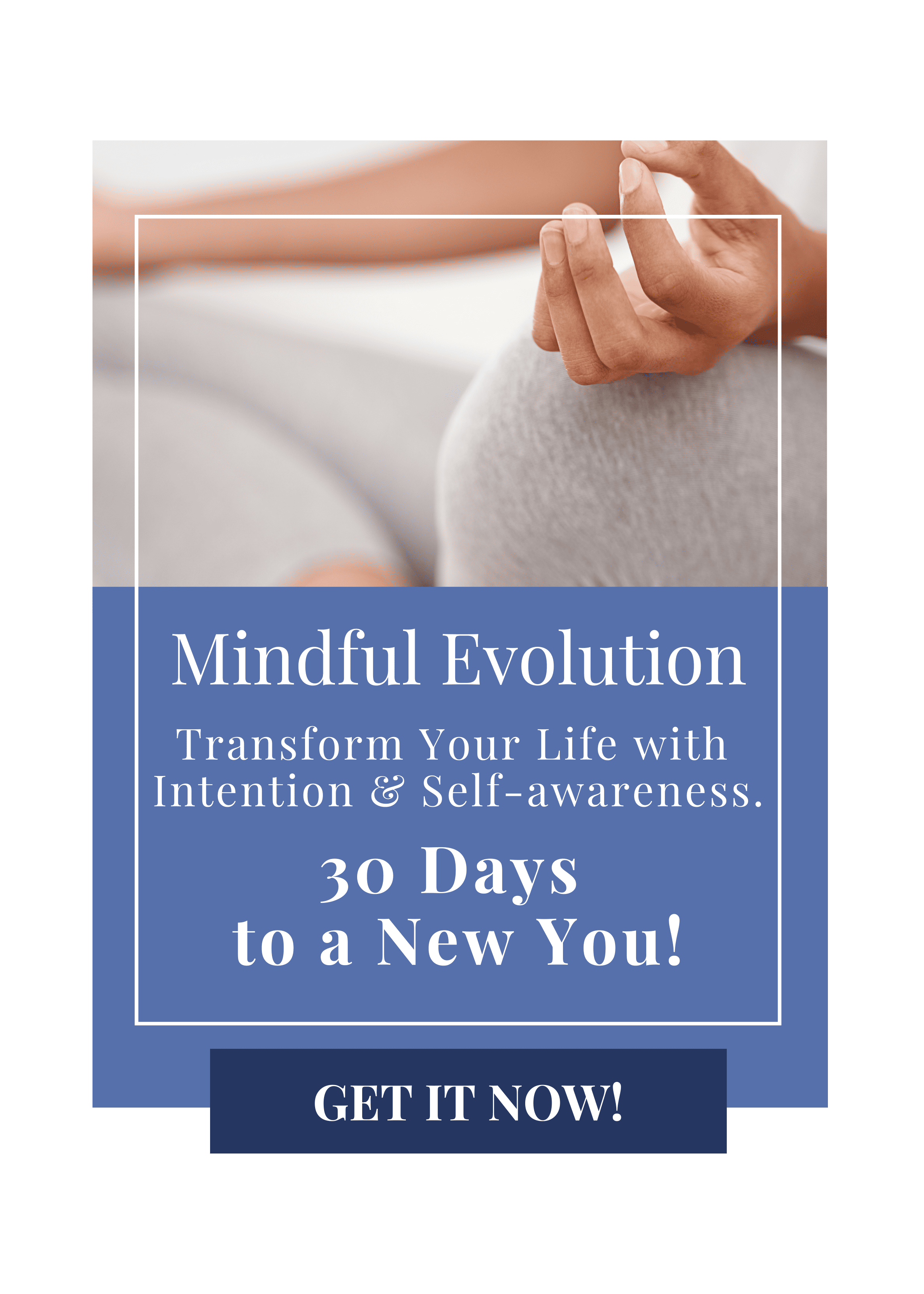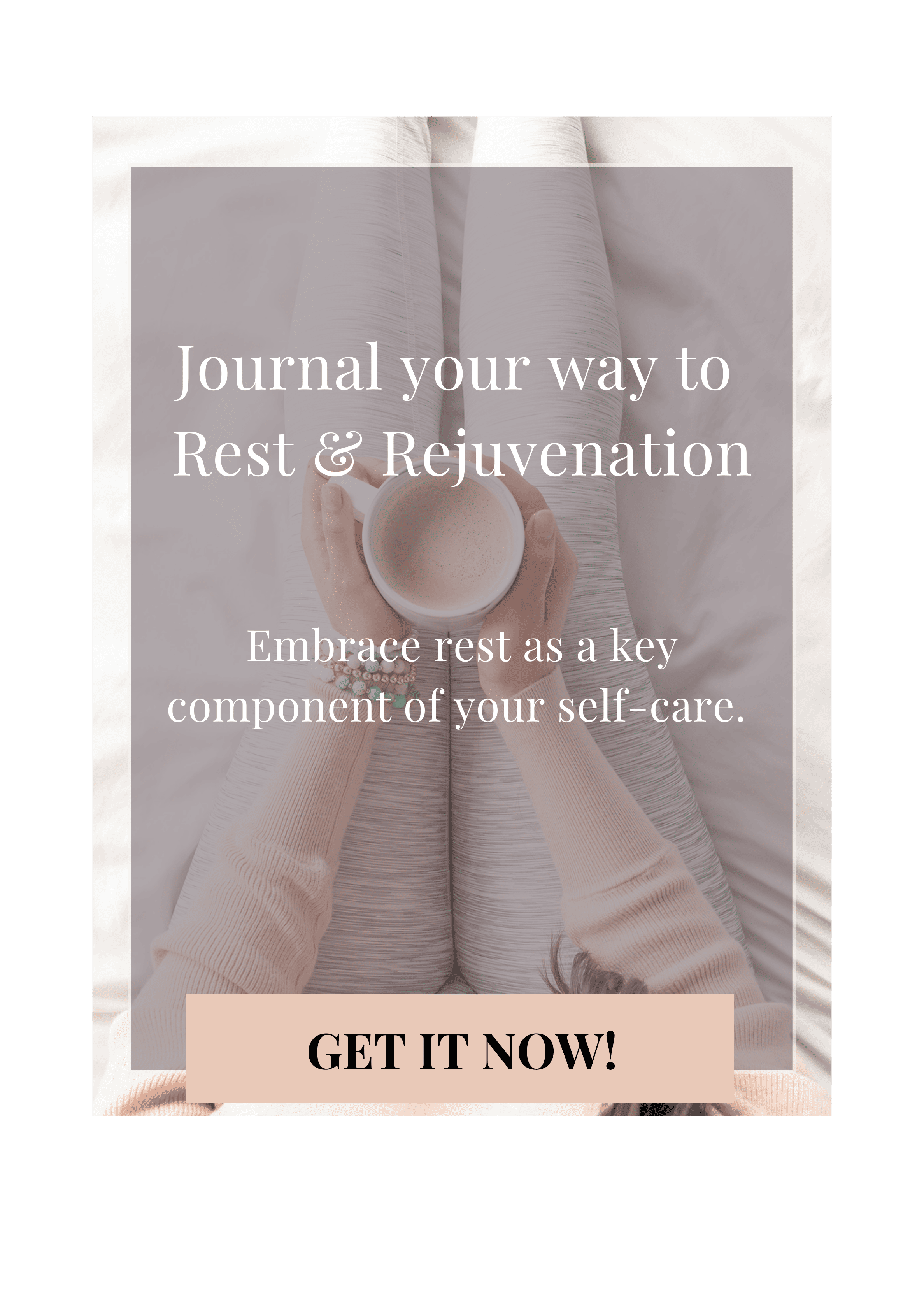The feet are often an overlooked part of the body and one of the places I focus on with my clients. A lot of people are not used to using their feet as intensely as we do in yoga, and suddenly they become aware of their own limitations as a result of “tight” feet.
But imbalances and limitations in the feet play a much bigger role in your well-being than you think. Your feet are your foundation, if something is wrong here, you create a chain reaction of imbalances up through the body. You might think your tightness is caused by tight muscles, but your muscles are only one of the components, your connective tissue plays a much bigger role.
The connective tissue in the body determines, in interaction with your muscles and joints, how much and how far you can stretch and bend the body. Our connective tissue is arranged in paths that, among other things, connect the upper body with the lower body, and blockages caused by injuries, physical or mental tension, or repetitive movements limit you in your natural range.
Through Yoga, you work focused on stretching and massaging the connective tissue, and on bringing the body back to a natural state of strength, flexibility, and balance. Because the connective tissue is arranged in pathways in the body, blockages in one part of the body can lead to restrictions somewhere else in the body. That is why yoga works with the whole body.
Here is a small, but effective way, to stretch the connective tissue on the soles of your feet.
You might also like “A quick way to increase range of motion in forward folds“
Exercise.
The exercise focuses on the muscles, ligaments, and connective tissue on the sole, and at the same time stretches the deep layers of calf muscles that move the toes and support the arch.
Here’s how you do it:
Get down on all fours, hands and knees.
Turn the toes under, so they become close to a 90 gr angle to the foot itself.
Lift the chest up and lean slowly back, letting the weight of your hips come down and rest on your heels.
To start with, you can keep your hands on the floor in front of you, keeping much of your weight on your hands while allowing your hips to come back over your heels, as far as they go.
When you feel that this position has become comfortable, you can try to sit more upright with all your weight on your heels and your hands resting in your lap.
Take between 5-10 deep breaths here before slowly leaning forward again, resting your hands on the floor bringing your legs out to the side, and coming down to sit.
This is an intense stretch, but you shouldn’t feel pain in any way, if it hurts too much, back out of the pose immediately. Start with shorter periods and slowly increase the time until you can sit upright for a little longer.






